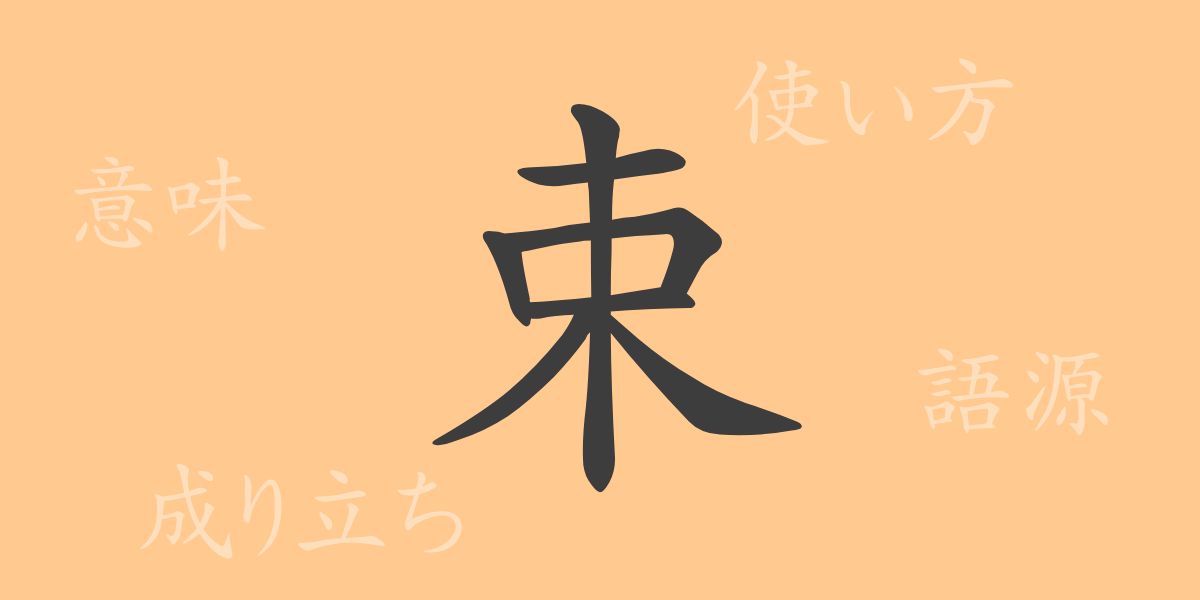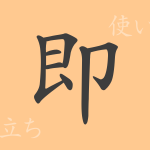Japanese culture and language are rich with symbols that reflect their profound depths. Commonly used Kanji characters are fundamental elements shaping everyday Japanese language, each carrying its own history and meaning. This article focuses on one such common Kanji, “(束)”, exploring its origins, usage in modern times, and more.
Etymology of “(束)” (そく – Soku)
The Kanji “(束)” originated from ancient China as a character depicting binding with ropes. Its form symbolizes the act of bundling ropes, evolving over time into a more abstract representation. The meanings of “to bind”, “to bundle”, and “a certain amount” illustrate its crucial role in people’s lives since ancient times.
Meaning and Usage of “(束)” (そく – Soku)
The Kanji “(束)” primarily signifies “to bind”, “to bundle”, or “a certain quantity”. Figuratively, it is also used to denote “to restrict” or “to confine”. This Kanji is widely used in Japanese to express the act of gathering things together into a bundle.
Readings, Stroke Count, and Radical of “(束)” (そく – Soku)
The Kanji “(束)” is notably straightforward in its pronunciation and structure within the Japanese language:
- Readings: On’yomi (音読み) ‘ソク’ (soku), Kun’yomi (訓読み) include ‘たば’ (taba), ‘つか’ (tsuka), among others.
- Stroke Count: “(束)” consists of 7 strokes in total.
- Radical: Its radical is “木” (き – ki), categorizing it under Kanji related to wood.
Idioms and Proverbs Using “(束)” (そく – Soku) and Their Meanings
There is a wealth of idiomatic expressions and proverbs containing the Kanji “(束)”, showcasing the richness of Japanese language:
- 束の間 (つかのま – tsukanoma): A brief moment or a very short time.
- 手を束ねる (てをたばねる – te o tabaneru): To do nothing, to take no action.
- 心に一束の光 (こころにいちそくのひかり – kokoro ni ichisoku no hikari): A ray of hope or salvation in one’s heart.
Conclusion on “(束)” (そく – Soku)
The common Kanji “(束)” may appear simple in form and meaning, yet its high frequency of use in Japanese and numerous idiomatic expressions highlight its significance. Understanding this Kanji offers insights into the cultural and historical backgrounds embedded in language. For learners of Japanese, “(束)” serves as a key character in grasping the breadth of its meanings and usage.

























